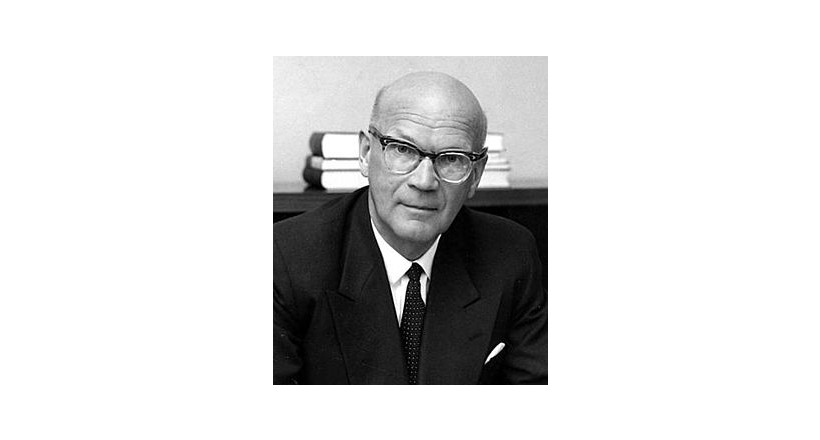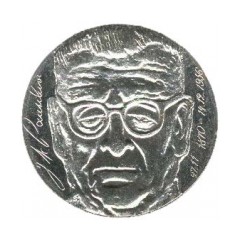3 September 1900 - 31 August 1986 ) The eighth Finnish president took office between 1956 and 1981, his longest term in the country's history. He also served as Prime Minister for two terms (1950/1953 and 1954/1956).
Kekkonen continued to follow the policy of neutrality of his predecessor, President Yoho Kosti Pasekevi , known as the Pasekevi Kekunin Line . This policy enabled Finland to maintain independence and trade with both NATO and Warsaw Pact countries.
He was born in Kekkonen in Bielavizi , Northern Savoie , son of Yoho Kekkonen and Emilia Bolvanaenen, but spent his childhood in Kainuu province . His family was farmers (though not poor tenant farmers, as some of his supporters claimed). His father, originally an agricultural and forestry worker, became director of forestry and agent of Hala Ltd. To be some distant German asset. The Kekkonen family was alleged to have lived in a poor peasant's house without a chimney , but it was later discovered that the photographic evidence supporting this claim was forged, and that the chimney was simply removed from the photos of Kekkonen's childhood home. His school years did not go smoothly. He fought during the Finnish Civil War with the White Guard and led a death squad in Hamina . Kekunen personally admitted killing a man in battle, but not the mass executions of Red Guards committed by his team. However, a photograph taken at the time seems to confirm that Kekkonen was there during the execution.
In an independent Finland, Kekkonen first worked as a journalist in Kajaani . He moved to Helsinki in 1921 to study law, earning a master 's degree in law in 1926. During his studies as a policeman from 1921-1927 he worked in the secret police, where he was known for his work in the fight against communism. He met that period with his future wife, Solve Salome Ueno (1900-1974), a typewriter at a police station. Rizka Boldan, Mate (born 1928) and Tanelli (1928-1985). Matti Kekkonen served in parliament from the center party between 1958-1969.
In 1927, he became a lawyer and worked for the Association of Rural Municipalities. But he resigned in 1932 because of brazen comments. Kekkonen received his doctorate in law in 1936. At the University of Helsinki, he was an activist in the nation, student of Northern Ostrobothnia . He was also active in athletics . His best sporting achievement was his victory in the Finland High Jump Championship (1.85 m) in 1924. His best competitions were jumping from standing position.
Politically, he was patriotic and his ideological roots lie in the national policy of the newly independent Finland student and the extreme right. When the Karelia Academic Association , an organization in favor of annexing Eastern Karelia Finland, with the support of the far-right Manzala rebellion in 1932, Kakunen and more than 100 other moderate members of the organization resigned. According to Johannes Verulainen , a long-time agrarian and center politician, some Finnish right-wingers began to hate the illusion of Kununn already following this decision as an opportunist power-hungry. In 1933, Kakunen joined the Agricultural Association (later renamed the Center Party). To get elected that year he also became a civil servant in the Ministry of Agriculture and made his first attempt to Parliament.





